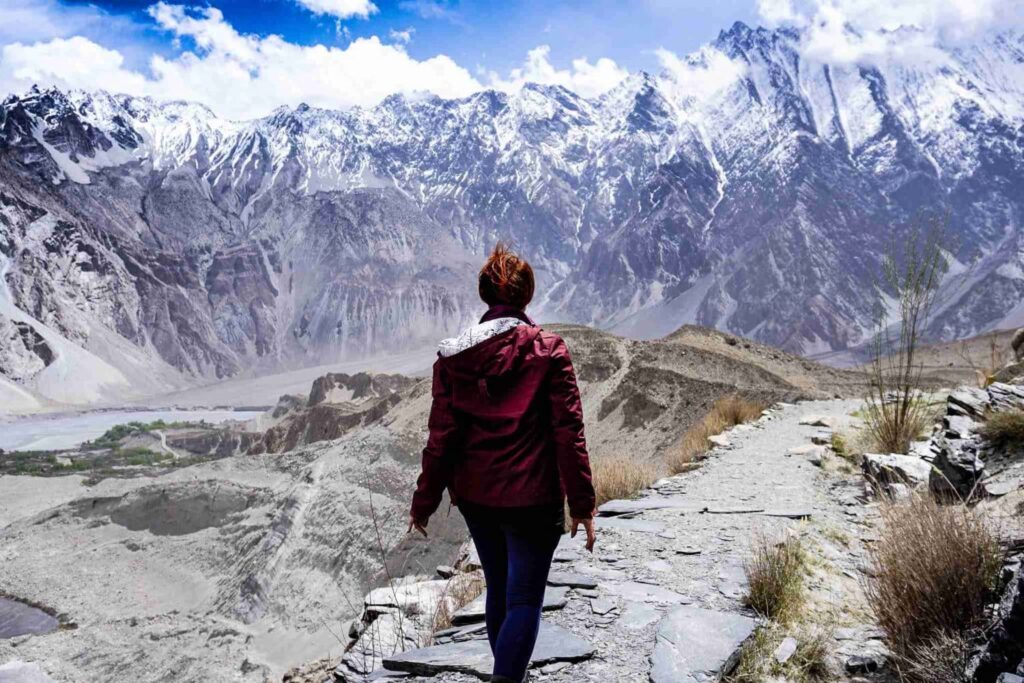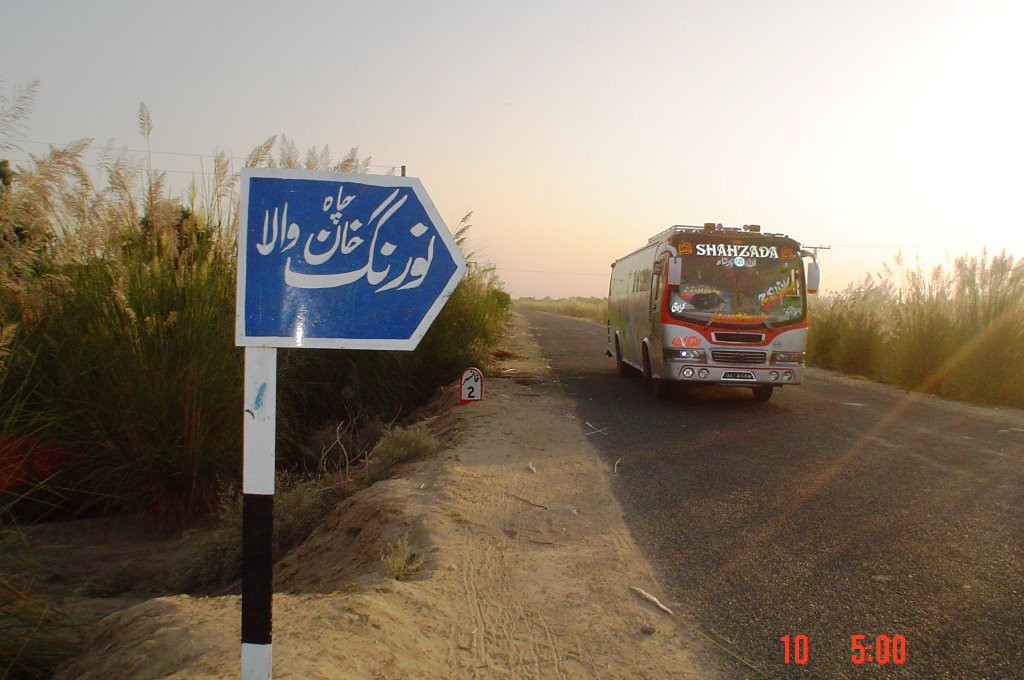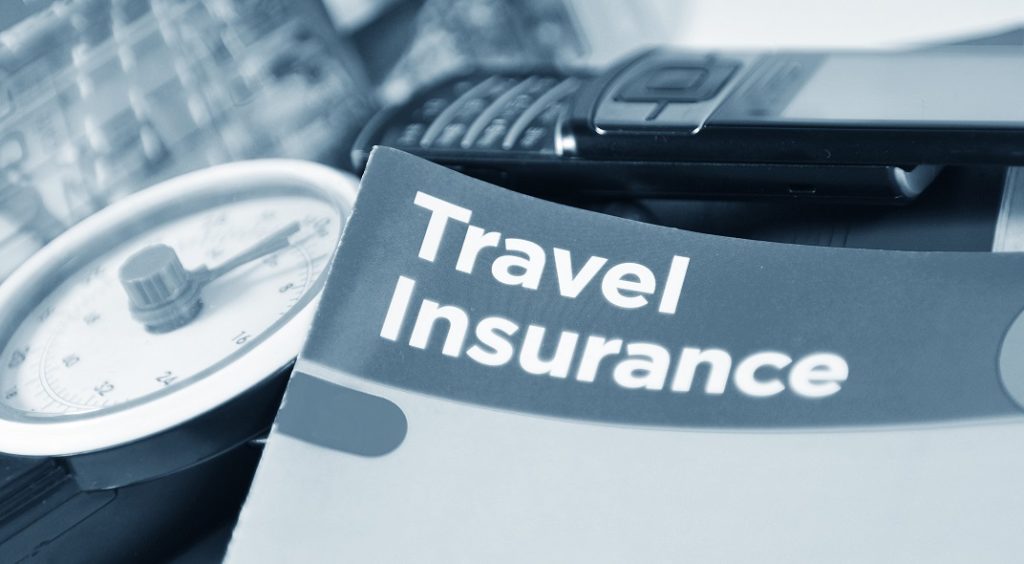You’re planning for that offbeat journey. Perhaps you’re heading into high-altitude trekking in Nepal, dune-bashing in the Middle East, diving in Southeast Asia, or exploring remote villages in Central Asia.
Exciting, but along with the thrill comes risk. Know what your standard travel insurance from Pakistan may not cover when you go off-beat, and how you can protect yourself anyway.
Why “Standard” Travel Insurance May Fall Short
When you buy travel insurance, what you’re looking for is a safety net. It covers medical emergencies abroad, lost luggage, trip cancellation (in certain cases), and so on. But this coverage is based on assumptions about “typical” travel: city hotels, known routes, moderate activities, and a defined duration.
When you step off the well-worn path into adventure territory, many policies treat the situation differently. The insurer sees higher risk: rough terrain, remote hospitals, evacuation costs, unpredictable weather, and non-standard transport.
In short, you may find yourself outside the plain-vanilla policy’s scope unless you took special precautions.
To see how standard policies cater to longer trips and remote work, check our article on travel insurance for digital nomads and long-term travelers.
Common Uninsured Scenarios For Adventure Travelers
Here are key areas that standard travel insurance may not cover when you choose off-beat travel.
High-Risk Activities
Many policies explicitly exclude or require an add-on for “hazardous” or “extreme” sports and activities like rock climbing, deep-sea or cave diving, and bungee jumping.
If you plan to trek off-path, ride ATVs, traverse deserts, or use non-regular transport, you might trigger the “high-risk” clause.
Remote Location And Evacuation Cost
In remote regions, your nearest hospital may be many hours away or require a helicopter lift. Standard cover often limits emergency evacuation or repatriation to certain kilometric or cost thresholds.
If you fall ill or get injured during a desert safari, jungle trek, or mountain pass, you may find the insurer either declining or limiting the claim.
Non-Disclosure Of The Itinerary and Timing
If you sign up for travel insurance describing a hotel-based city stay for two weeks, but instead you spend a month in remote terrain with multiple stops, you may void parts of your cover.
Some policies require you to declare exact dates, destinations, and types of activities. For off-beat trips, you may need a specialist policy.
Pre-Existing Medical Conditions In Demanding Terrain
Even if your policy covers existing conditions, when you travel into more demanding environments (high altitude, extreme heat, jungle), your insurer may say you increased your risk profile and reduce or deny coverage.
Standard travel policies often carry waiting periods, exclusions for pre-existing or unstable conditions.
Acts Of Nature, Civil Unrest, And Adventure Transport Usage
If your journey uses non-scheduled flights (charters, bush-planes), your policy may exclude “non-scheduled carriers”. If you go into areas subject to travel advisories, civil unrest, or undeclared war zones, many policies automatically exclude claims.
Also, damage from extreme weather may be excluded if you knowingly choose high-risk terrain.
Lost Or Stolen Items Under Unusual Circumstances
While most policies cover luggage or theft, when you are off-road, in remote camps, or using non-hotel accommodation, the definition of “unattended” or “safe storage” may change.
If your gear is stolen during a remote camp or you’re self-driving in a remote region, your insurer may argue you failed to follow “reasonable care” or the terms of cover.
What Pakistani Travelers Should Ask And Check
Here are some key questions you should ask before you commit to a policy:
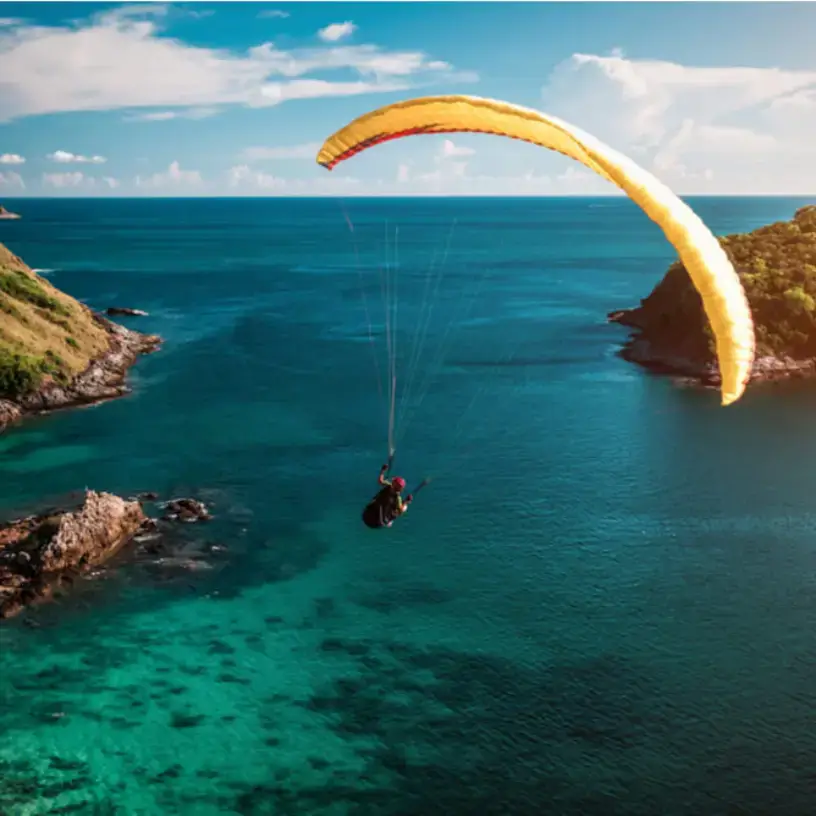
Does the policy cover high-risk or adventure activities?
If yes, what is the extra premium or add-on? If not, what activities are explicitly excluded? Ask your insurer to list the activity definition.
What is the evacuation and repatriation clause?
How far from a hospital? Does it include a helicopter rescue? What are the cost limits? The “standard” clause may assume an urban hospital, not a jungle, desert, or mountain.
Does the destination or itinerary affect the premium or coverage?
If you are going to a region with no defined hospital network or with travel alerts, your policy may exclude claims. Disclose your route and terrain honestly.
Is the travel transport you’ll use covered?
Using local unscheduled flights, charter boats, or self-driving in remote regions may not fall under “regular carriers”. Confirm coverage for your mode of transport.
What is the policy’s duration safe zone?
Some multi-trip or annual policies assume standard destination stays (30–90 days) and standard itineraries. Going off for 3 or 4 months into remote locations may exceed standard cover.
Are your high-value items clearly covered?
If you carry specialist gear (camera, trekking equipment, diving gear), check the sub-limits and exclusions for “extreme sport equipment” or “professional gear”. Many policies exclude equipment used for commercial or specialized activity.
How To Tailor Your Cover For Off-Beat Travel
Here are steps you can take to ensure your insurance works for your adventure.
Choose a specialist “adventure travel” policy or add-on
Many insurers provide upgrade options where you declare your trekking, diving, remote riding, etc. This may cost more, but it ensures your policy reflects the actual risk.
Document and disclose your plan clearly
Provide your route, transport modes, accommodation type, and planned activities. Even if it sounds “routine” to you, the insurer must know you intend remote camping, off-grid travel, or high-altitude trekking.
Keep copies of your policy, contact numbers, and local embassy
In remote regions, you might have limited connectivity. Save offline the insurer’s emergency contact, local embassy number, and keep your policy details easily accessible.
Review your gear and personal liability.
If you hire motorcycles, go off-road driving, or self-guide climbs, check whether your policy covers “rental vehicle accident” or “personal accident for adventure activity”. Standard cover may assume commercial transport and support.
For an easy walkthrough of the purchase process, see our step-by-step guide to buying travel insurance in Pakistan.
Realistic Scenarios And What You Might Miss
Let’s say you take a 10-day trip in Pakistan’s Gilgit-Baltistan region, plan to trek to a remote village, and hire a local jeep that uses off-road tracks. When you purchase travel insurance, your insurer might say:
- Your high-altitude trek is an “extreme activity” not covered.
- A hired jeep on non-public roads is “non-scheduled transport” and excluded
- The remote clinic is three hours from a full hospital, and any evacuation cost will exceed the plan’s limit
Or consider that you go diving in Indonesia, but your policy excludes scuba beyond 30 meters depth, and you injure yourself at 45 meters.
The “adventure activity” clause kicks in, and you face large bills. The standard travel policy is fine when you stick to common tourist behavior; when you deviate, you must get customized insurance.
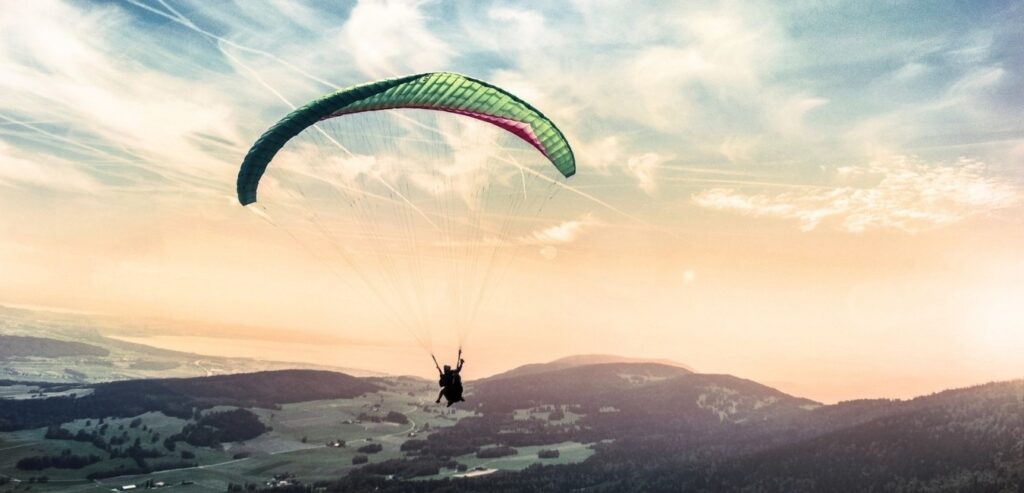
Final Thoughts
Adventure travel is one of life’s most rewarding experiences. But with adventure comes risk, and insurance is about managing that risk, not eliminating it.
For Pakistani travelers heading off-beat, standard travel insurance is rarely sufficient on its own. Reviewing exclusions, declaring your full plan, upgrading for high-risk activities and transport, and maintaining safety standards are all part of smart travel.
Make sure your coverage matches your plans, so you can focus on the thrill of the trail, not the possibility of financial shock.
Safe travels.

Sadia Zaheer holds a Masters in Business Administration from IBA, Karachi. After working in several financial institutions in Client Management, Corporate Lending, Islamic Banking and Product Management she jumped careers to pursue a career in writing.
She is a Finance, Business and HR Development writer with four years of experience. She reads a lot and takes care of her multiple cats to remain calm.

